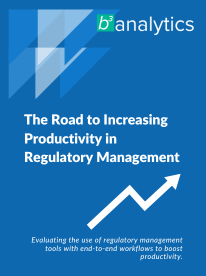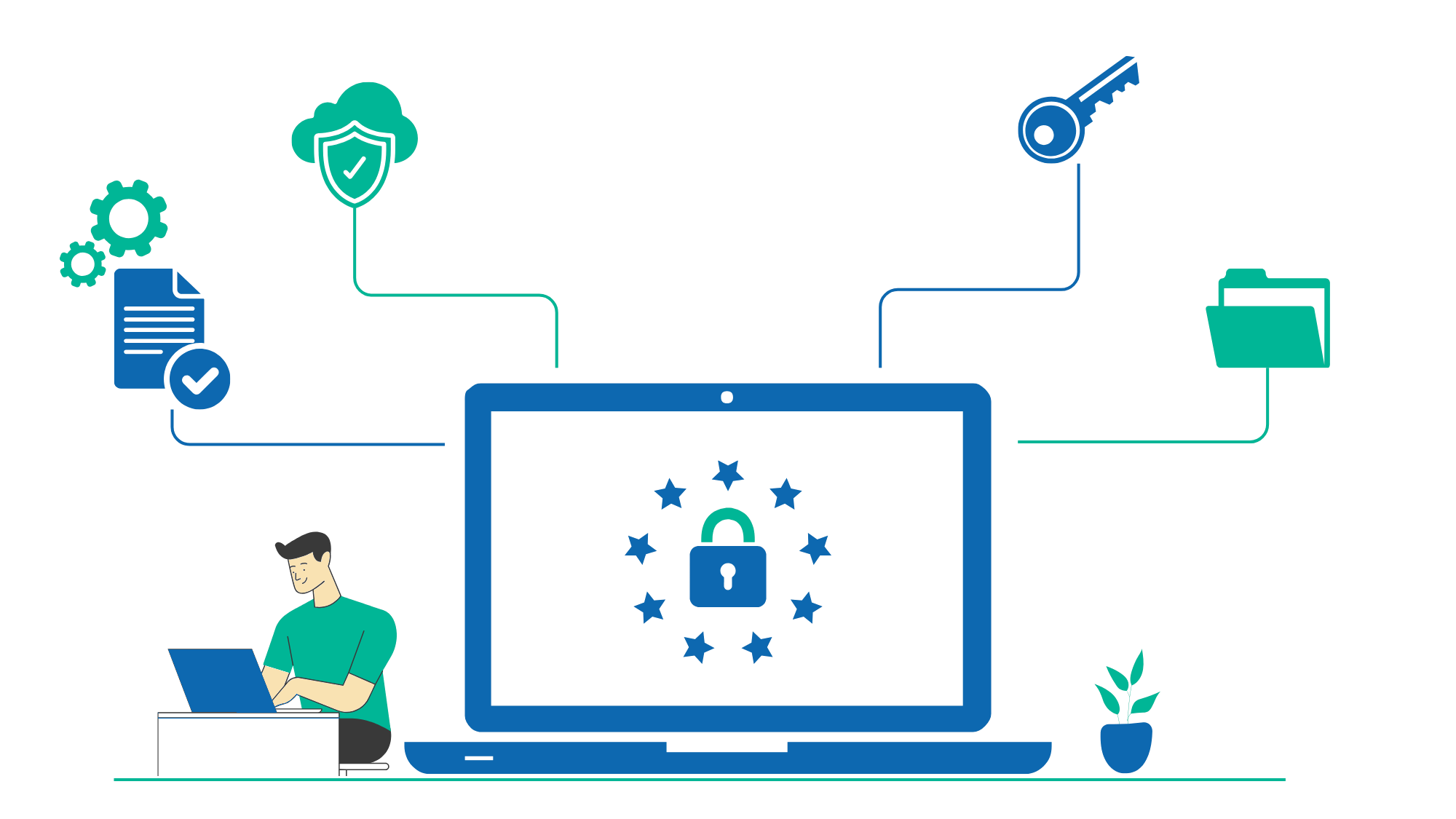
Any project, irrespective of its size, has three types of stakeholders: those working at it, those benefiting from it, and those paying for it. The key to a successful project is managing the interaction between stakeholders; each type has a different ‘stake’ in the project, but, ultimately, they all benefit from its success.
In any GRC project, “those benefiting from it” can be divided into two groups. People active in compliance or risk management are those who will “benefit from the work.” People are affected by the changes brought about by a new set of rules or the requirements to provide people active in compliance or risk management with the necessary tools to do their jobs, such as reporting or delivering data structured in a certain way.
For instance, a new set of rules may affect a specific financial transaction requiring reporting new information to regulators. Compliance and the executive board are only interested in seeing the rules implemented, and they want to avoid fines and the negative image of being seen as flouting the rules. The business units that deal with the specific type of financial transaction need to ensure the changes necessary to capture new information, the software supporting the transaction includes it, etc. Their primary interest is to be able to implement the changes as easily as possible while continuing with their daily jobs. A financial institution is a body in perpetual motion, and it cannot stop, make the change, and restart again.
Communication with all types of stakeholders in a project is essential. An old job description of a program manager had “keep stakeholders up to date and happy” at the top of the task list for the role. Interacting with stakeholders is vital for the project’s success, as it creates trust and goodwill which can become very precious if there are any problems during the life of the project.
Before the technology revolution brought about by the internet, e-mails, and messaging, many meetings and phone calls were necessary to “keep the stakeholders up to date and happy.” The internet and mobile telephony have simplified the task of communicating with all stakeholders. However, it is the main task of a project manager. “Managing communication with stakeholders” could be broken down into several types of interactions:
- Discuss details of the project with those who can confirm or correct the interpretation of the requirements, manage any necessary change and build a project framework and a task list from business and technical analysis.
- Request information (or clarification) from specific stakeholders and receive the answer in time to do the work to meet the milestones. Although it may not be a particular project task, it may affect the completion of a project task. Delays in receiving the answer may cause slippage. Sometimes it takes a lot of time, effort, and tact to get the answer you need from a busy professional.
- Manage change requests and ensure that those who need to approve the request are informed and provide information at the right time. This task may involve all types of stakeholders. Granting a request may necessitate a change in the budget, an extension of the deadline, or both.
- Manage all tasks and any dependency. This is mainly confined to the stakeholders working on a project.
- Provide updates on the progress of the project. Possibly different updates may go to “those who pay for the project” and “those who benefit from the project”, at least at the senior level.
- Provide updates on the state of the project budget. Ensure that those who “pay for the project” are still happy to pay for the project.
- Manage any dependency between any of the tasks listed above.
Communication helps build and maintain clarity between stakeholders. Nobody likes unpleasant surprises, and expectations must be managed; neglecting communication can have severe consequences for success.
Technology helps interactions, but they still need to be managed. The ease with which we can now exchange messages of any kind, the increased availability brought about by mobile phones may bring about a certain complacency, the belief that communication “happens” rather than “must be made to happen.” It is a very risky mindset that may seriously jeopardize the success of any project. Technology also makes it possible to overdo it. An excessive level of interaction can give a perception of ‘noise’ rather than communication. It helps if reminders are kept to a level that does not turn them into “mental spam” and therefore ignored.
Nowadays, there are tools to manage interaction with stakeholders and help a project manager “keep stakeholders happy.” These tools ensure that communication happens at the right time, and they are flexible enough to avoid an excess of communication.


